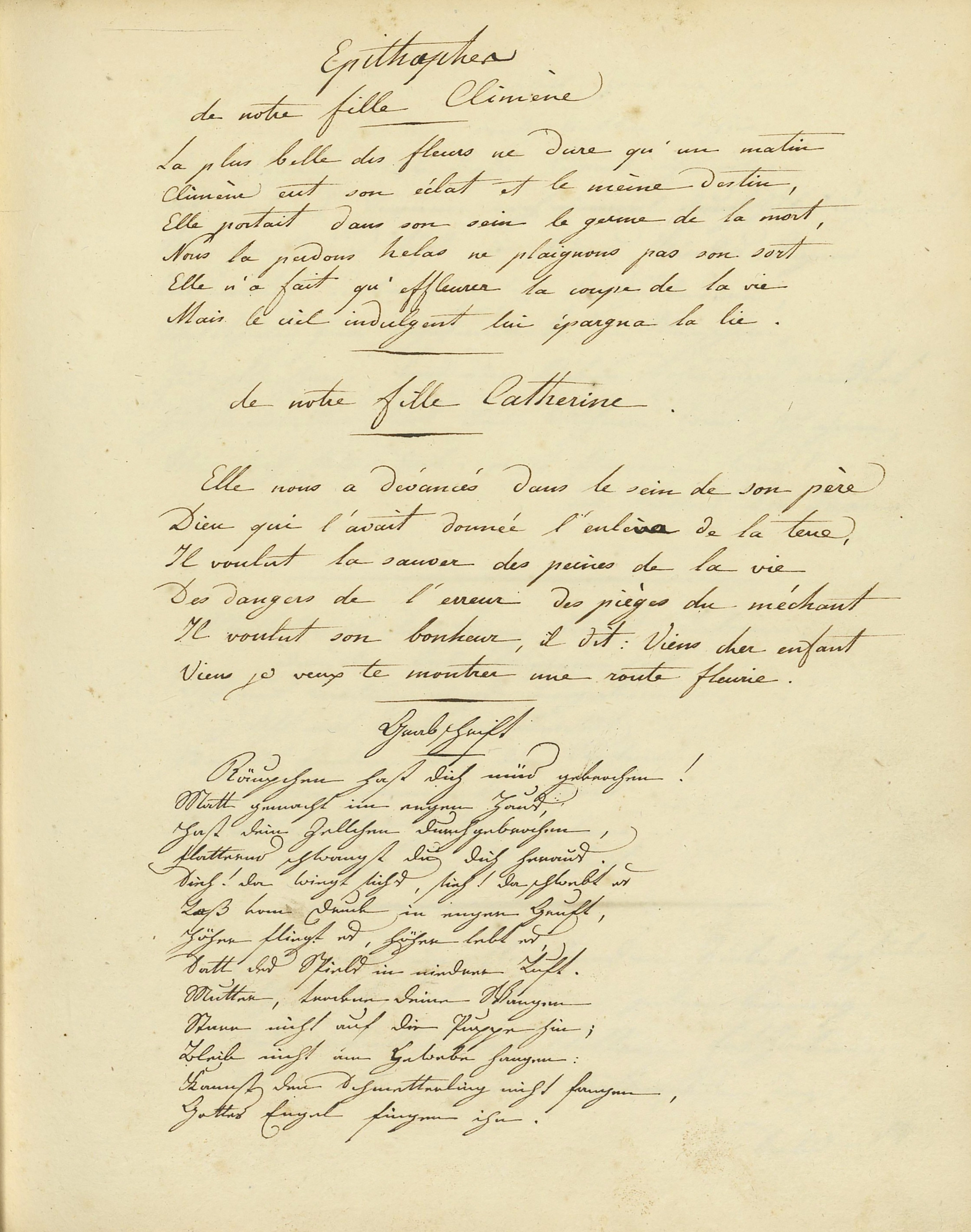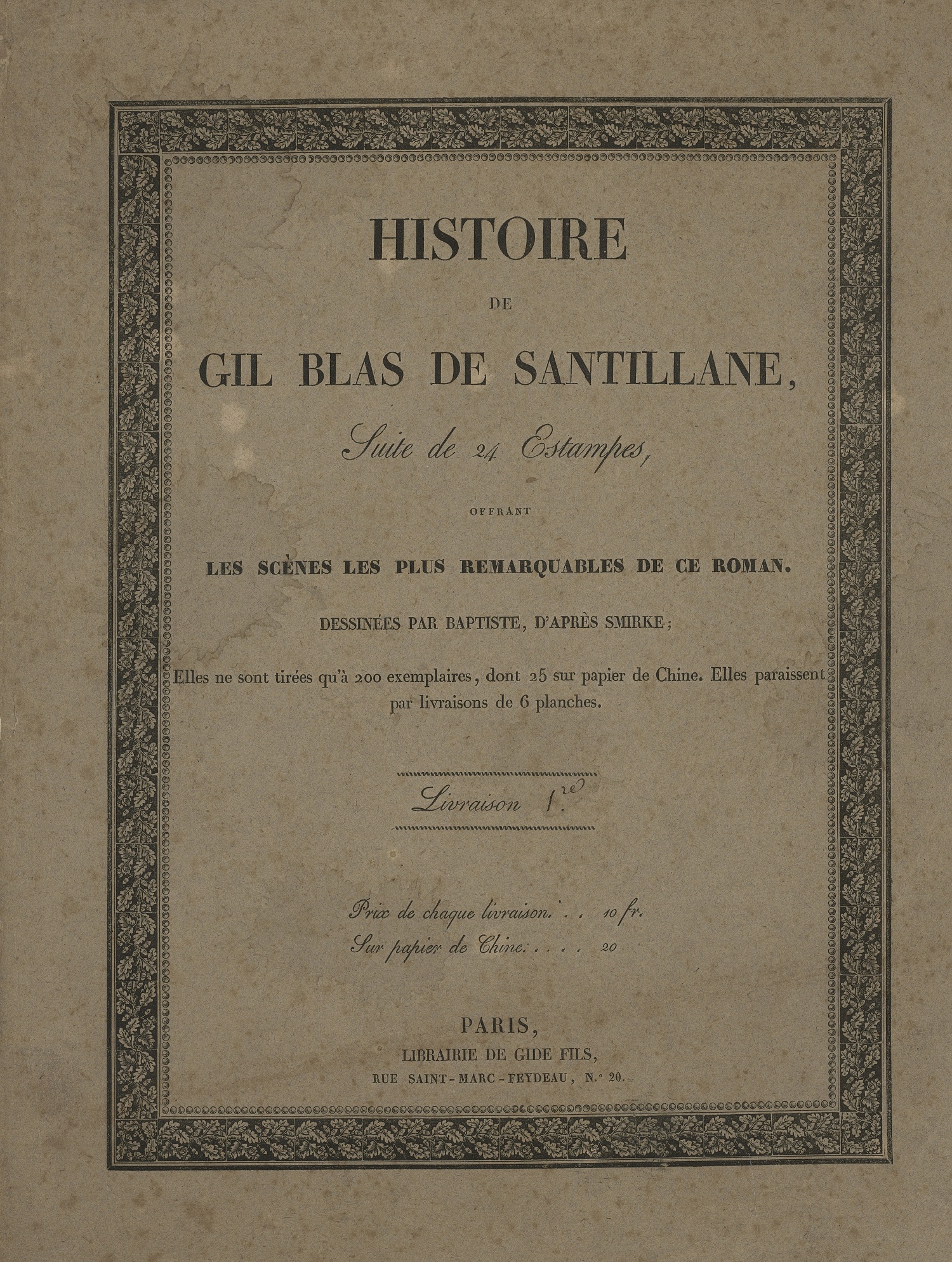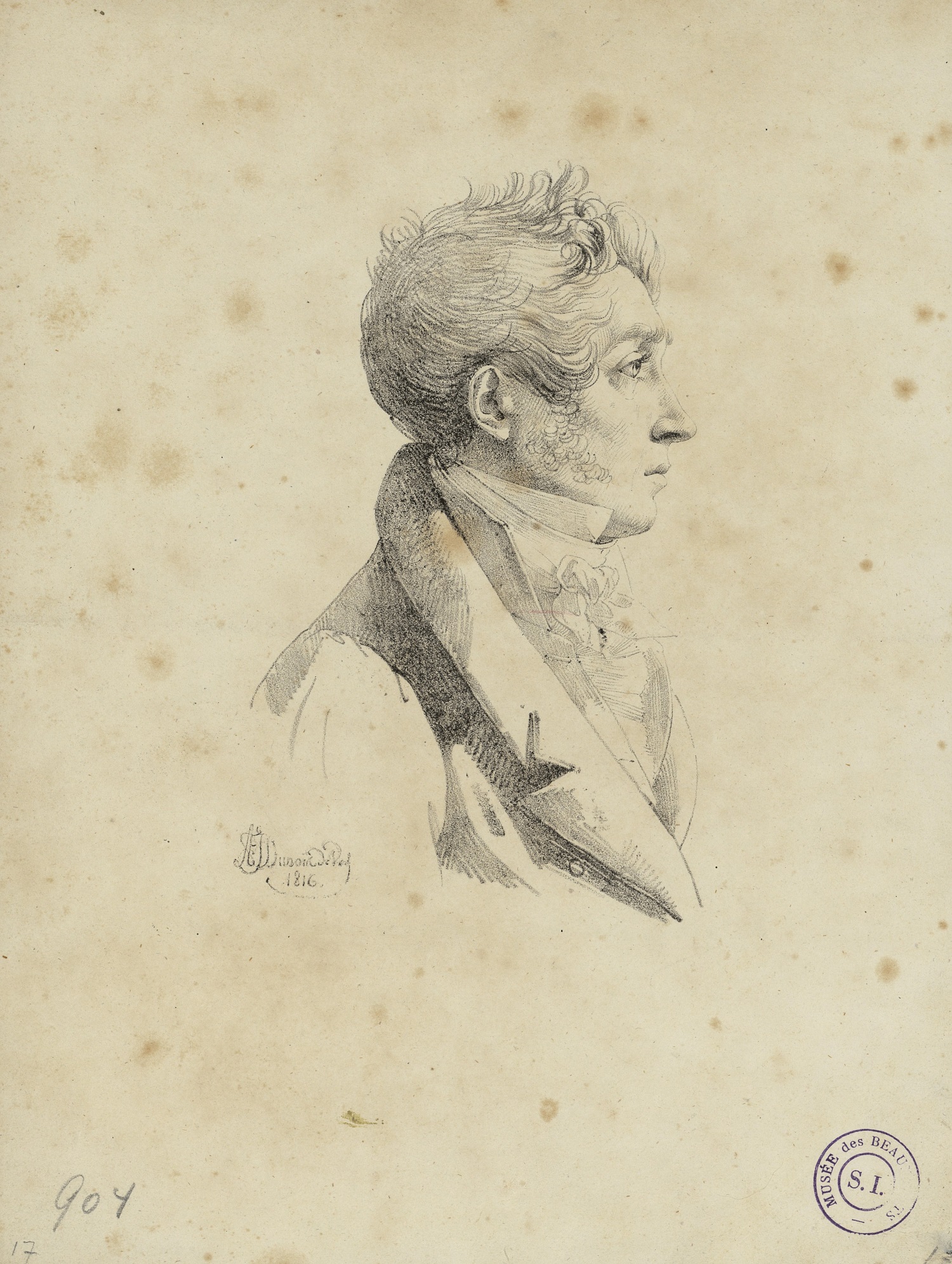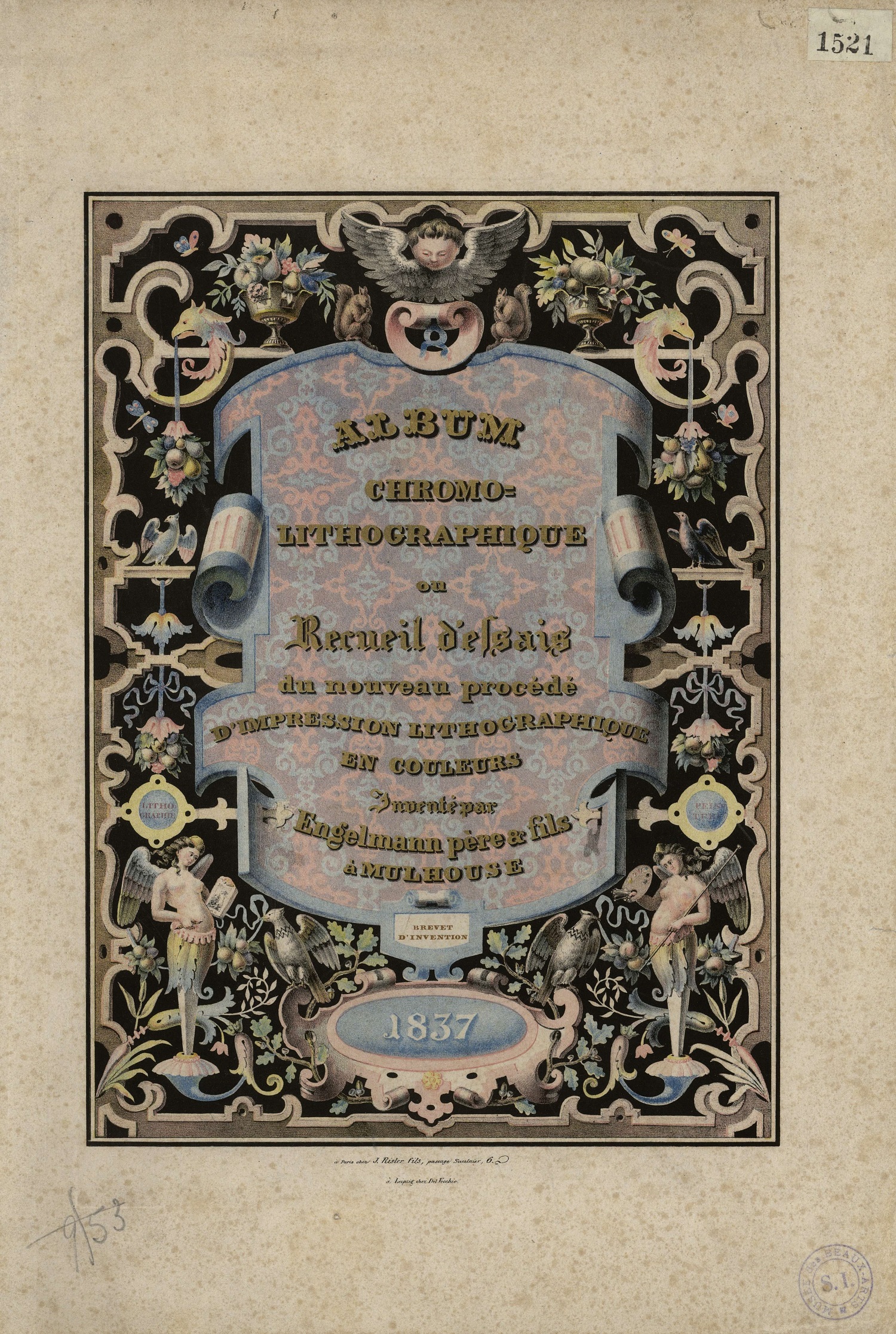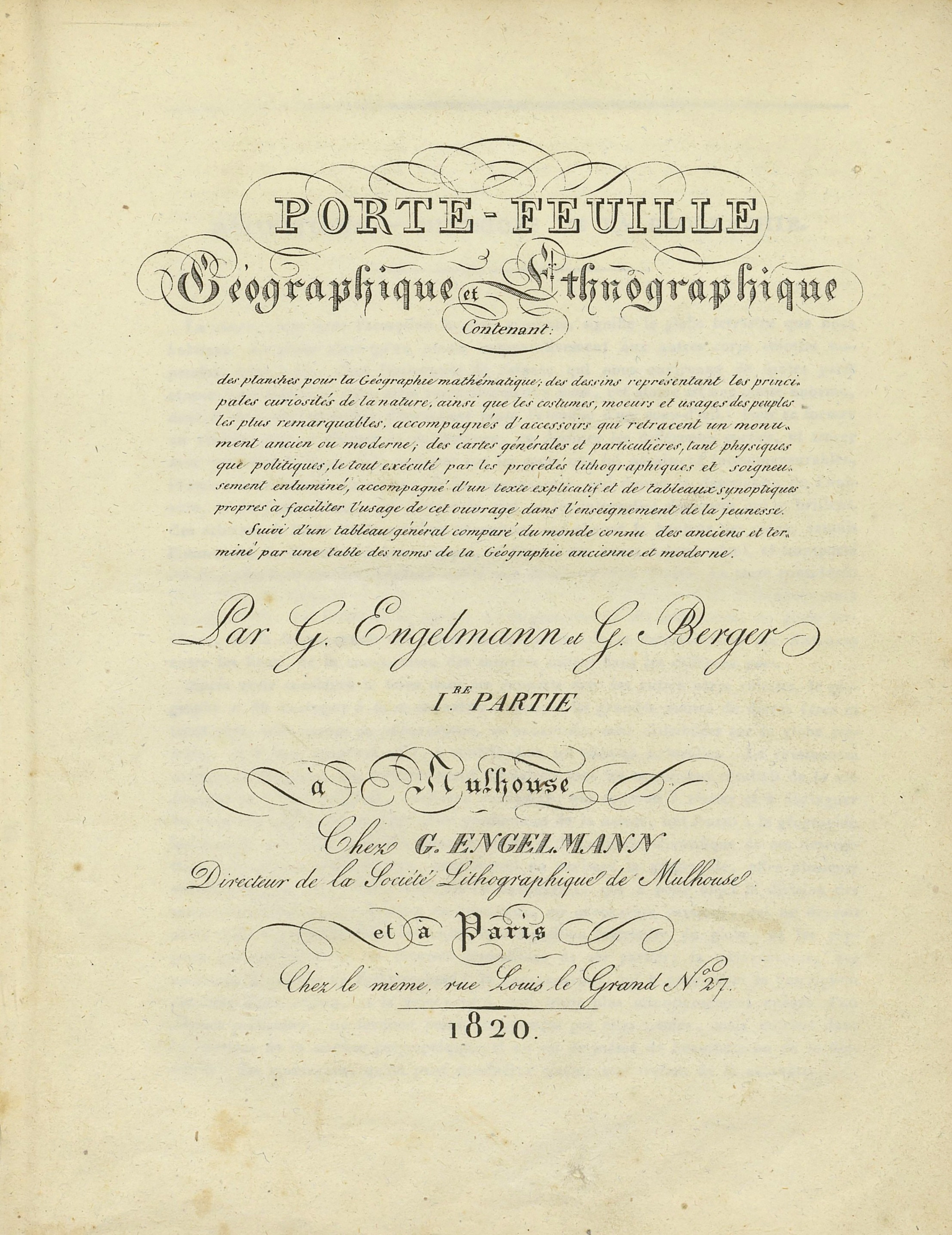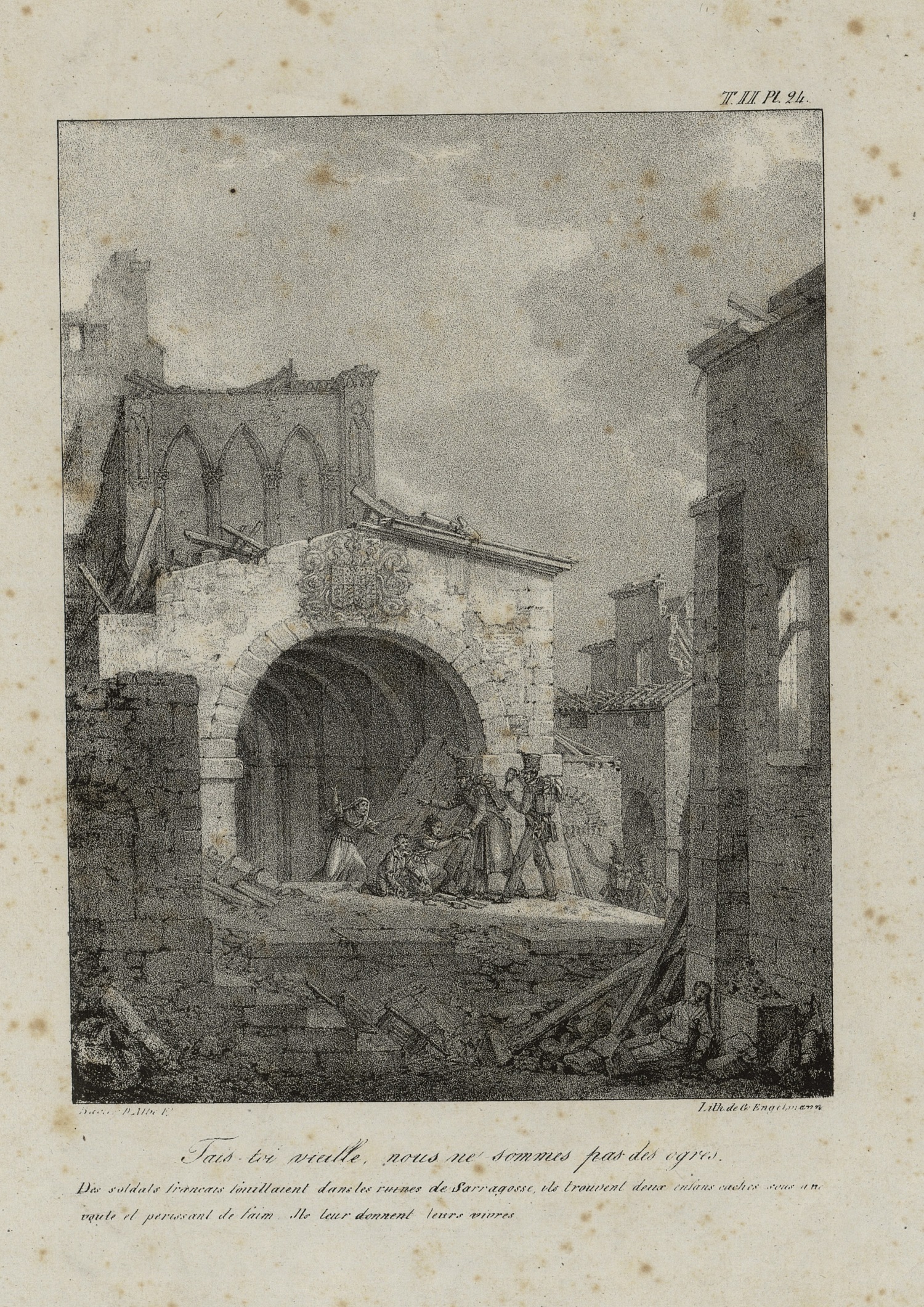
Born in Mulhouse on 17 August 1788, Godefroy Engelmann learnt drawing in Paris and attended Regnault's studio, before working as a draughtsman in an Indian factory. In 1809, he married Anne-Catherine Thierry, the daughter of his employer.
Inspired in 1813 by the lithographs a friend brought back from Germany, after a few attempts and a trip to Munich to acquire presses and stones, he set up a small press at the Musée des Beaux-arts in Mulhouse. On 8 March 1815, with the help of Jean Zuber, the son of a wallpaper manufacturer, he founded the Société lithotypique du Haut-Rhin "for engraving of all kinds, according to processes already known and used in Germany, particularly in Munich under the name of lithography". The treaty provided for the possibility of setting up operations outside of Alsace.
In June 1816, Engelmann came to Paris with his brother-in-law Pierre Thierry and set up a printing shop at 18, rue Cassette; to comply with the ordinance of 8 October 1817, he was granted a patent. As he could only have one patent, he was granted a "provisional tolerance" for Mulhouse on 4 December 1817.
